
Cover Pool Categories at Neptune Mutual
Explore Neptune Mutual's cover pools, and their benefits for cover creators and LPs.
Youtube Video
Playing the video that you've selected below in an iframe

A Guide to the Top DEXs in 2023 with links to in-depth #SpotlightTuesday articles.
Decentralized Exchanges (DEXs) make it possible for people to trade cryptocurrencies without having to rely on a centralized provider that may have prohibitive KYC (know your customer) requirements. DEXs give access to cryptocurrency trading to people who may be locked out of the traditional banking system. The DEX market has exploded in recent years, and it can be difficult for a newcomer to the industry to know which DEX to choose. Here are some of the user favorites for DEXs in 2023.
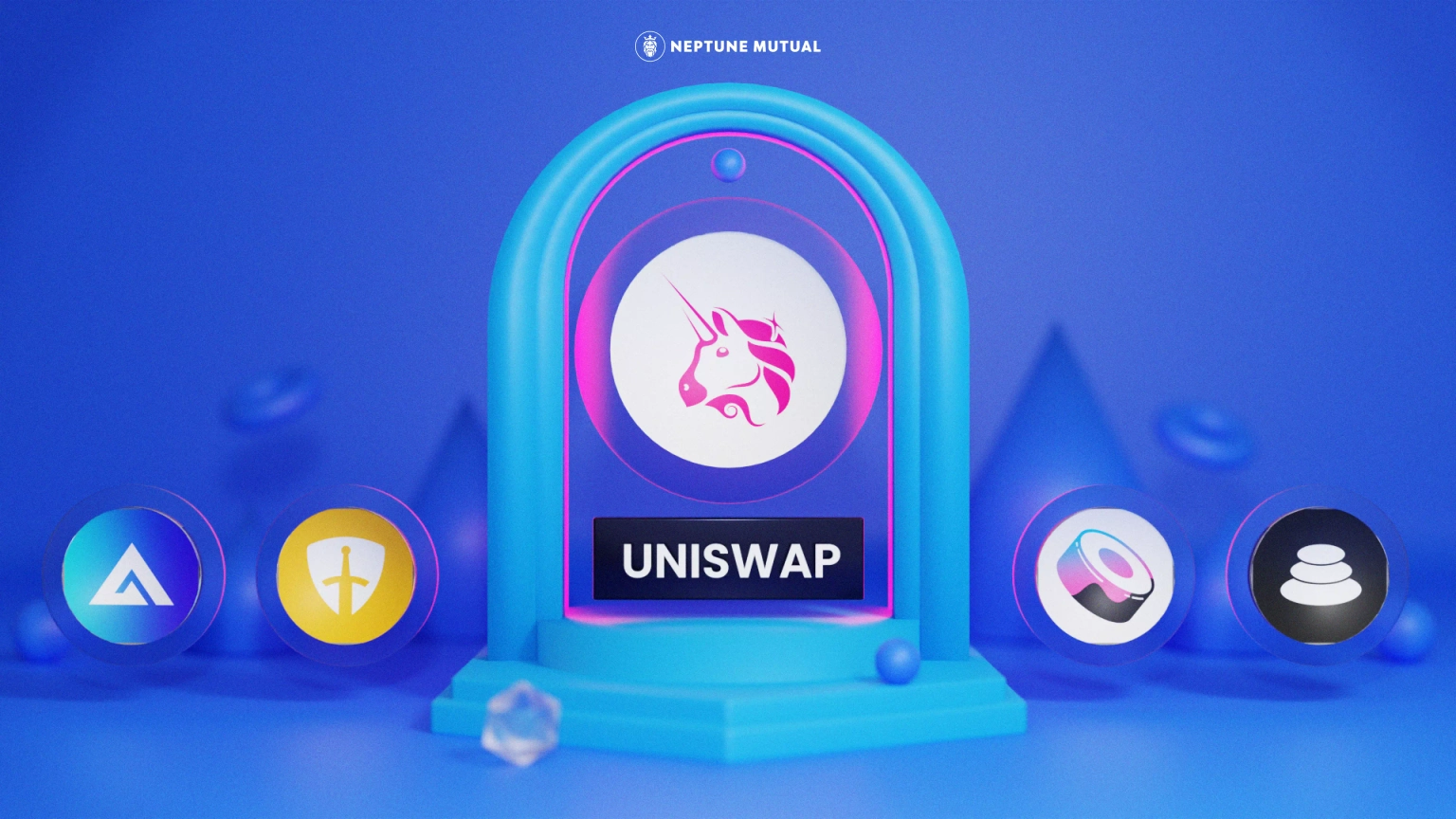
Uniswap launched in 2018 as an open-source project, and is now one of the biggest players in DeFi. It uses an Automated Market Maker (AMM) to execute trades rather than a more traditional order book system. This allows for instant trade execution, which is one of the things that has made Uniswap so popular.
Liquidity providers on Uniswap have the option of setting their own fees, but the default is 0.3 percent. LPs receive a fraction of the fee depending on the proportion of their share in the pool. This incentivizes providers to contribute as much as possible to the pool.
The platform added an NFT marketplace in November 2022 that allows users to trade NFTs across several different platforms, such as OpenSea and LooksRare. The aggregator helps users find better prices and save money on their gas fees too.
Uniswap has a native governance token called UNI, which is used for voting on proposals. Users can create "Temperature Check" proposals that are then voted on by other users. Voting lasts for two days, and to pass the Temperature Check phase, the proposal must reach a minimum threshold of 25k UNI. After the Temperature Check, successful proposals will move into a Consensus Check period, which runs for five days. To pass this phase, the proposal must earn a minimum of 50K UNI in yes votes. Successful proposals are then passed on to another voting phase, as described in the governance process document.
For a more in-depth look at Uniswap, have a look at our recent #SpotlightTuesday on Uniswap that covers points like the major differences between Uniswap V2 and V3.
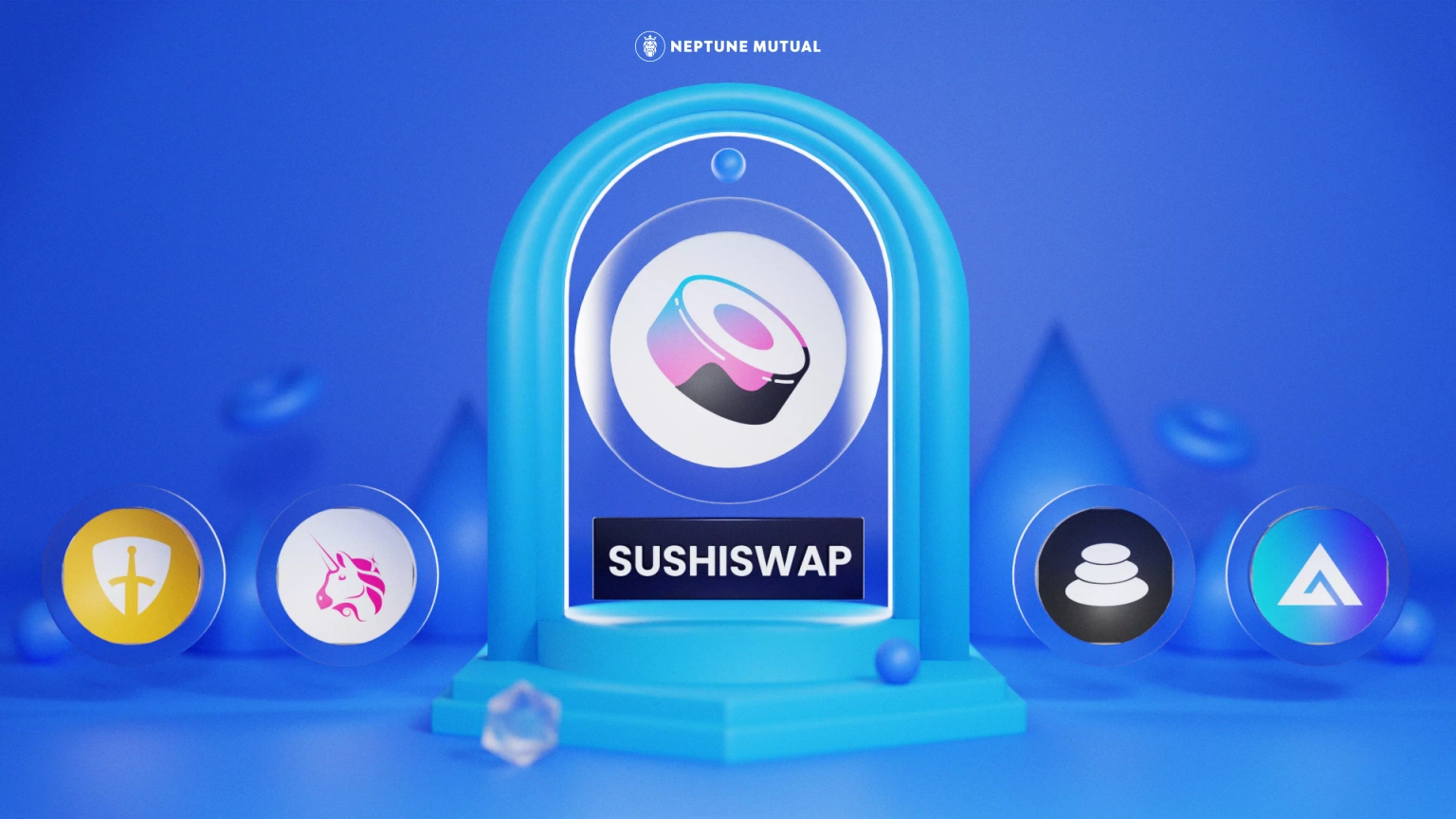
SushiSwap was launched in 2020 as a community-driven fork of Uniswap. The goal of the fork was to solve the liquidity problem. It uses a similar AMM system to Uniswap, but anyone can supply liquidity, and providers are rewarded with SLP tokens. Each trade carries a 0.3% fee, and 0.25% of the fee goes back to the liquidity pool. The remainder of the fee (0.05%) is added to the SushiBar pool.
Users can engage in yield farming by staking their SUSHI tokens in SushiBar. They will receive xSUSHI tokens as a reward for this. xSUSHI is similar to SLP, but generates yield from the 0.05% of the exchange fee that is added to the SushiBar pool. In addition to staking SUSHI in the SushiBar, users can stake SLP tokens in farms with varying APYs depending on the tokens associated with the pool in question and earn SUSHI rewards for doing so.
SushiSwap has a lending and margin trading platform called Kashi. Users can collateralize a variety of tokens, stablecoins, and synthetic assets. Each market is isolated, so the risks in one lending market cannot spread to other lending markets.
Kashi has an elastic interest rate model based on the supply and demand levels of each market. Interest is paid back to the liquidity providers.
Community members can create proposals, which are then voted upon. Votes are counted in SUSHIPOWAH, with each SUSHI held in the SUSHI-ETH pool being worth two SUSHIPOWAH and each SUSHI held via xSUSHI being worth one SUSHIPOWAH.
To prevent votes from being manipulated through flash loans or whales, voters must hold SUSHIPOWAH before the voting period for a given proposal starts to be allowed to vote on that proposal.
For a more in-depth look at Sushiswap, have a look at our recent #SpotlightTuesday blog post.
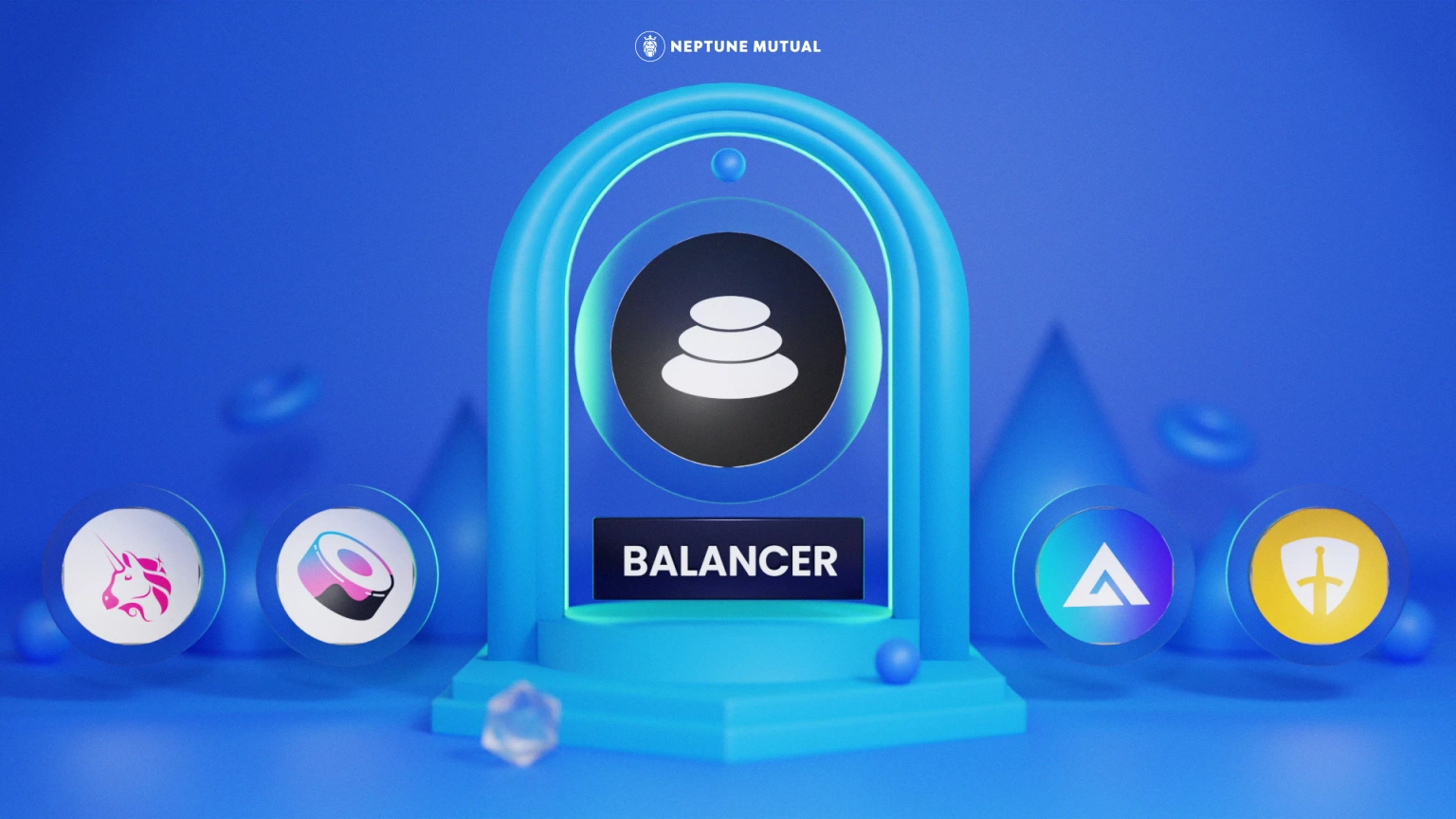
Balancer is a highly extensible AMM built on Ethereum. The goal of Balancer is to separate AMM logic from the core swapping functionality so that it can be used for a wider variety of trading curves and pool types. Balancer uses an improved AMM type with like-asset optimization.
Users can create pools with multiple tokens and select the weight they give to each token. It charges trading fees and core pool fees. The protocol then distributes 65% of these fees to owners of the veBAL voting token and returns 35% to the DAO treasury. veBAL is an extension of the protocol's native BAL token, which is also used for governance.
In addition to the weighted pools listed above, there are several other pool types. Stablecoins and synthetic assets are usually held in composable stable pools. Boosted pools offer high liquidity for traders. These pools use only a fraction of the liquidity for trading, while the remainder is transferred to external protocols where they can earn a lending fee for the liquidity provider.
Submitting a proposal to Balancer requires multiple steps. The proposal must be submitted in English and also as a multi-sig payload that will execute the changes on-chain (if there are on-chain changes required). The proposal will be discussed by community members before being brought into Snapshot. Balancer holders will review the proposal and validate it. If there are any issues identified, they'll come back to the proposer for review and discussion.
Where there are no on-chain changes required, the proposer should submit a pull request via GitHub and provide a link to this PR as part of the proposal. Users must have at least 200,000 veBal in order to start a proposal on Snapshot. If a user does not have sufficient veBal to start a proposal, they can request that a Balancer Maxi put forward the proposal on their behalf.
For a more in-depth look at Balancer, have a look at our #SpotlightTuesday blog post.
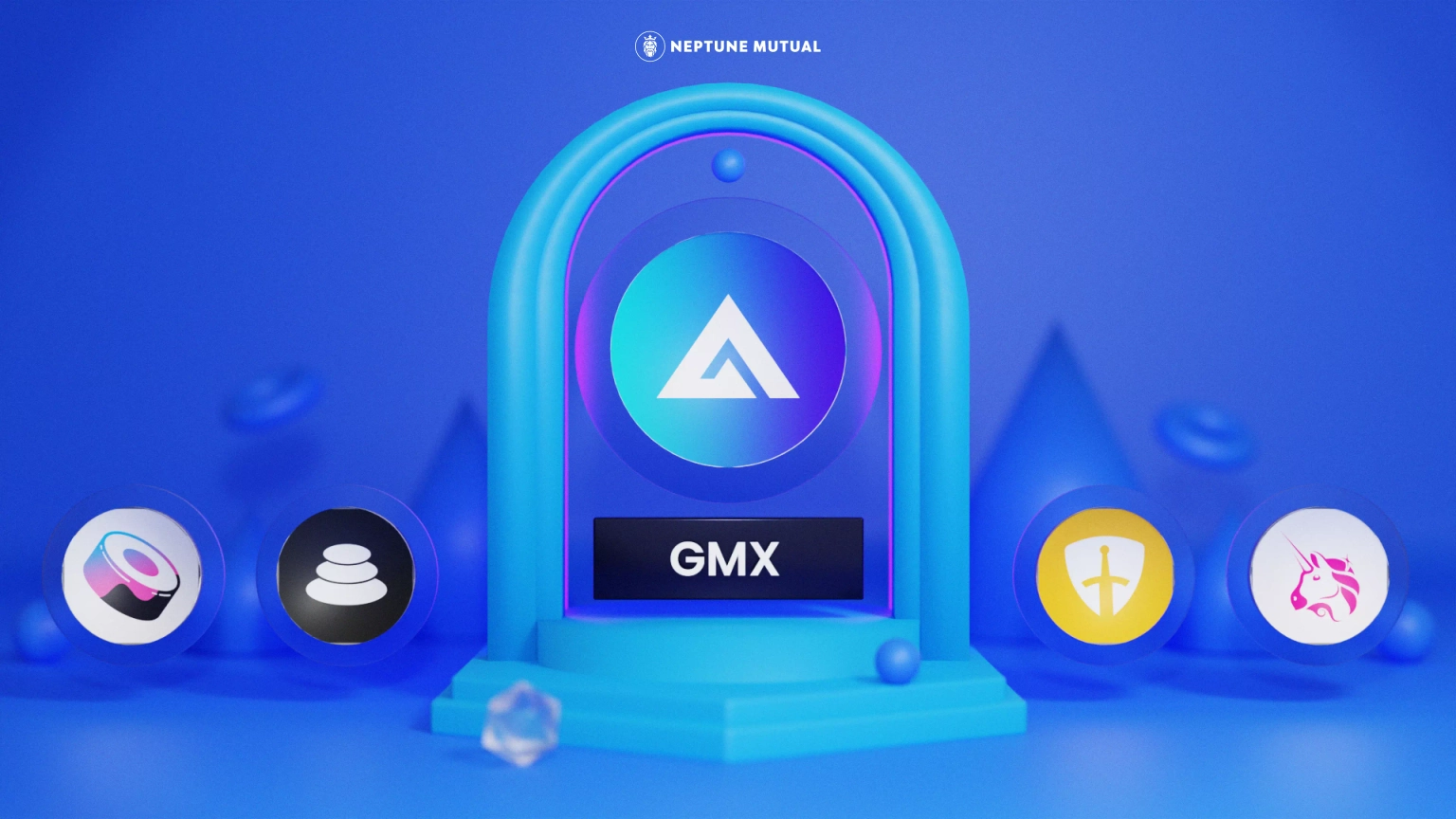
GMX is a relatively new DEX, having launched in September 2021. It offers low fees and zero price impact with dynamic pricing via Chainlink Oracles. It also aggregates prices from multiple exchanges.
Traders can take advantage of leverage of up to 50x on perpetual feature contracts. Trading fees are just 0.1%, and borrowing fees can be as low as just 0.01% per hour, although actual fees depend on the utilization of the assets.
GMX has two tokens: the native token GMX and the LP token GLP. Protocol fees are split, with 30% going to GMX stakers and 70% going to GLP stakers. The DEX operates on more than one network, and fees from each network are distributed to the stakers on the respective network.
One particularly interesting feature of GMX is the incentives it offers to long-term users. Features such as multiplier points and compounding reward users for keeping their GMX staked for a long period of time. Staking GMX earns Escrowed GMX (esGMX), and the esGMX can then be used to earn rewards or vested for more GMX. When users withdraw GMX or esGMX, the multiplier points they earned will be burned. GLP can also be staked but is not eligible for the multiplier point rewards.
As with other DEXs, GMX uses a community voting system. Users can submit proposals about anything to do with the protocol. The proposal will go through an initial review period, and if it is deemed worthwhile, GMX holders will have the opportunity to vote on it. If the majority of holders vote yes, the proposal will be implemented. GLP tokens do not add voting weight only GMX is counted.
For a more in-depth look at GMX, have a look at our #SpotlightTuesday blog post.
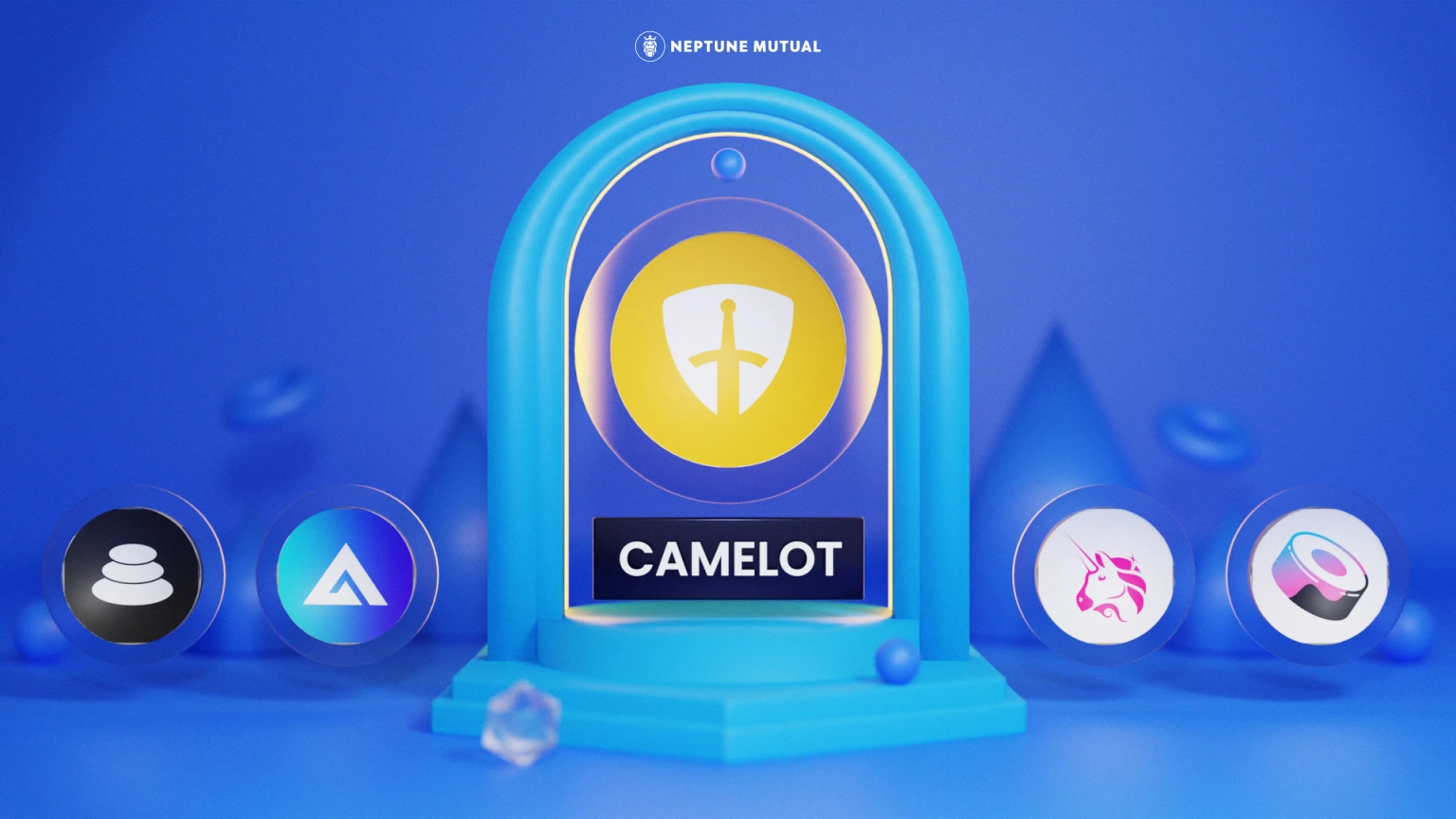
Camelot is a DEX that is native to Arbitrum. It launched in late 2022 and has seen massive growth in terms of its TVL since its launch date. The exchange already has an impressive amount of liquidity and looks to be growing steadily thanks to its community-focused approach. The DEX supports a variety of cryptocurrencies, not just ERC-20 tokens, and because it's native to Arbitrum, it offers fast transactions and comparatively low fees.
Rather than going the venture capital route, Camelot went straight to a public sale, letting the community get involved with the exchange from the start. It uses a dual AMM model, supporting volatile and stable swaps.
Exchange fees are dynamic, and the fees are split with 60% being distributed to liquidity providers, 22.5% going to xGRAIL holders, 12.5% to buy back and burn GRAIL, and 5% to the Core Contributors Fund.
Dividends are distributed on weekly epochs to anyone who holds xGRAIL. This token is not transferable but can be earned via staking,or by converting GRAIL to xGRAIL at a 1:1 ratio. There are two options for staking. Staked positions are incentivized with yields determined by the protocol, and in addition to those positions, there are Nitro Pools that also offer yield.
If a user creates a position on a pair that already has an active "farm", it will automatically receive yield, and users can deposit their staked position to the Nitro pool to earn rewards from the pool, yield from the farm incentives and trading fees. If there is not an active farm, they will only receive trading fees and/or rewards from the Nitro pool. Trading fees will automatically compound.
Camelot allows users to create proposals and post them in the user forums. Users who hold xGRAIL tokens can participate in the protocol's governance.
Votes are weighted based on the number of xGRAIL held by the voter. Tokens that are held in a user's wallet or that have been allocated are counted for the purposes of voting. xGRAIL, which is in a pending redemption process, is not counted.
The above is just a short list of some of the best DEX platforms. Depending on which blockchain or Layer-2 you prefer to trade on, there are many others to choose from. For example, PancakeSwap may be a good option for BSC users, while DexGuru may appeal to Polygon users. When choosing a DEX, be sure to look at trading fees, TVL, and the liquidity of the pairs you're interested in.
If you're going to be staking large amounts of tokens, we recommend you look at the DeFi insurance options that are available to you. At Neptune Mutual, our marketplace is available on Ethereum and Arbitrum pools, and you will find cover policies available for a number of the DEXs mentioned above.